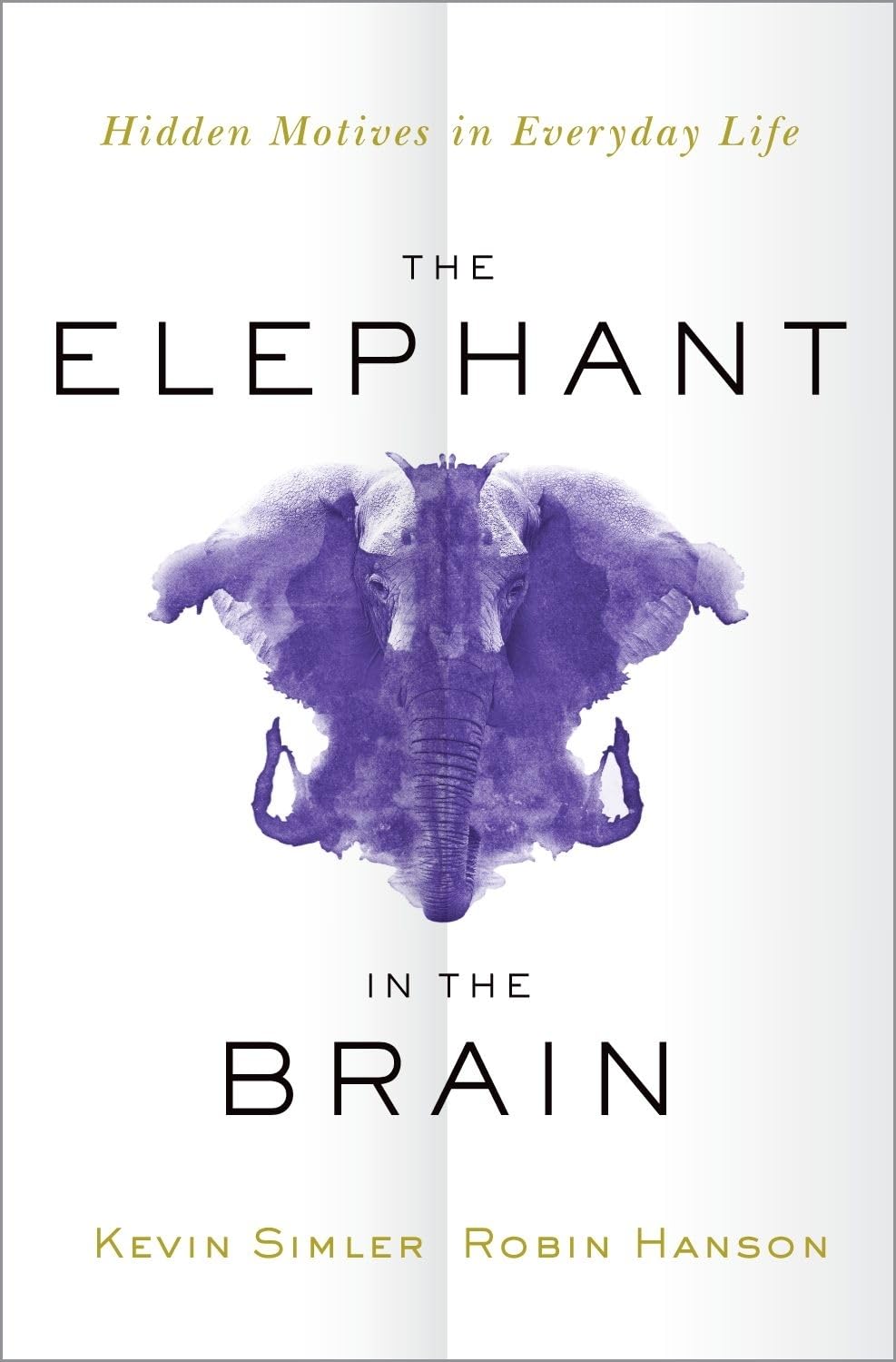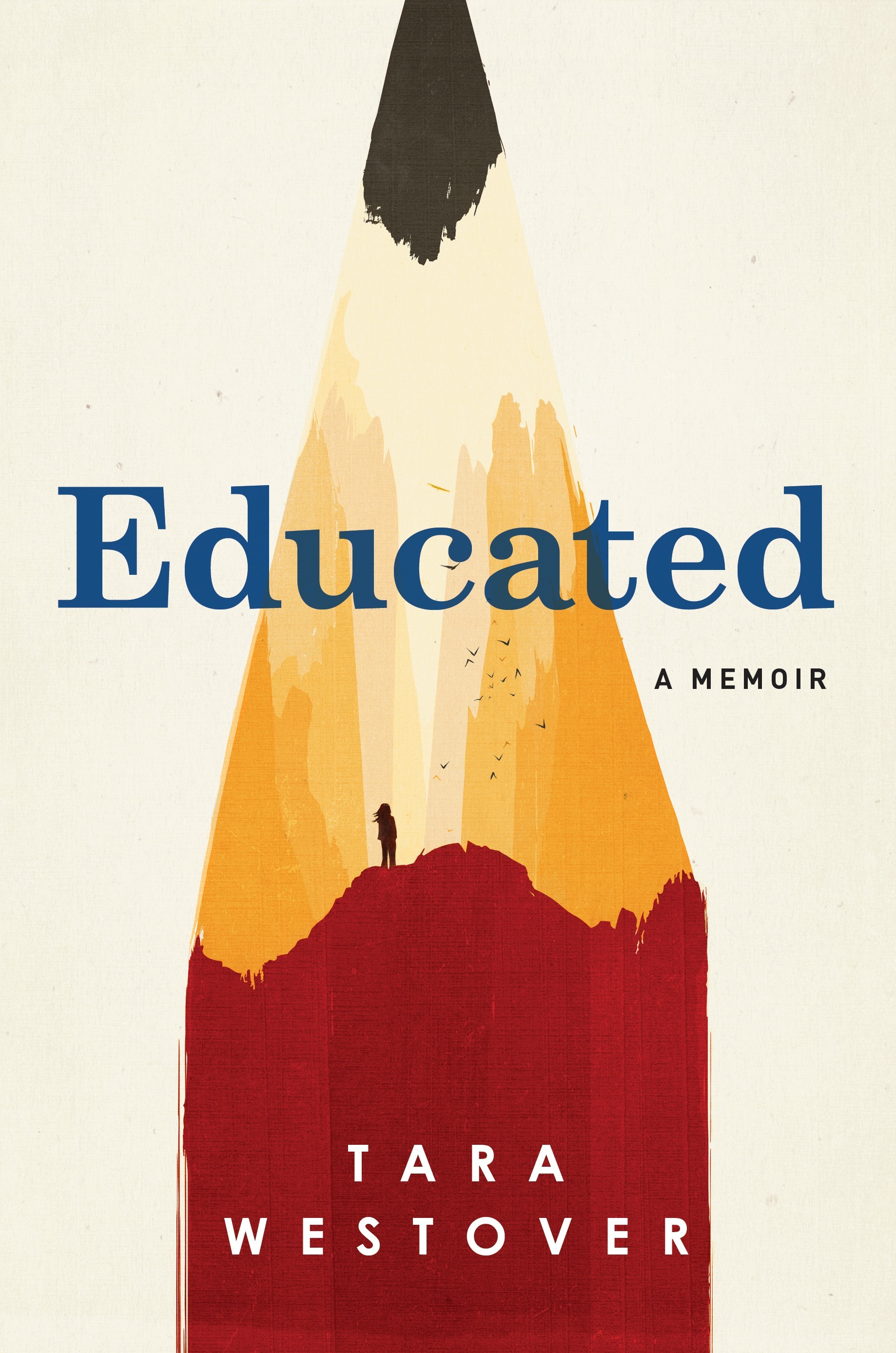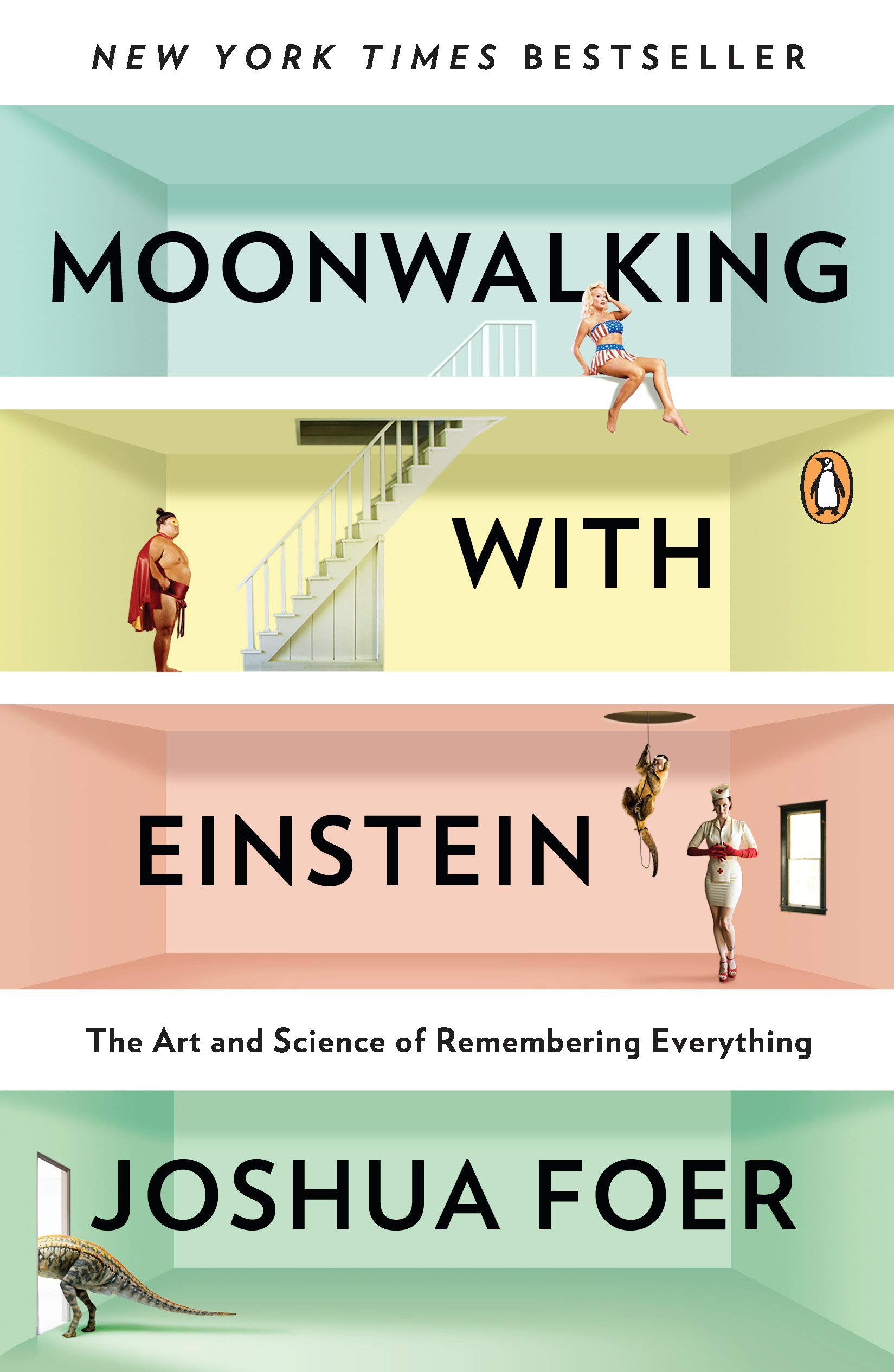Happy City
Some ideas that I liked from the book:
The Proximity Premium: Montgomery reveals how physical distance between daily needs creates “dissatisfaction loops” - the average American spends 19% of their income and 100 minutes daily just moving between life components. Compact neighborhoods slash this “spatial tax.”
The 20-Minute City Concept: Drawing from Portland and Melbourne experiments, the book shows neighborhoods designed so all basic needs (groceries, schools, parks) lie within 20-minute walk/bike ride. These residents report 32% higher life satisfaction than sprawl-dwellers.
The BMW Effect: Luxury car interiors are designed for isolated comfort, creating what Montgomery calls “mobile living rooms” that psychologically distance drivers from street life. This explains why SUV owners are 27% less likely to support pedestrian infrastructure.
Sensory Overload in Urban Design: Barcelona’s superblocks demonstrate how limiting traffic to 10km/h transforms streetscapes - the brain processes pedestrian-scale environments (3-20kph speeds) as social spaces rather than threat zones.
The Smell Map Hypothesis: Studies show people subconsciously associate citrus and baked goods smells with neighborhood safety. Rotterdam’s “aroma zoning” policies actively use this in high-crime areas.
The Smiling Index: Researchers found a direct correlation between spontaneous public smiling rates and urban happiness metrics. Cities with >18 smiles/hour (Copenhagen, Melbourne) consistently rank highest in quality of life surveys.
Playborhoods: The book documents “adult playgrounds” in Seoul and Helsinki where office workers swing and slide during lunch breaks. These spaces boost workplace productivity by 22% through micro-doses of spontaneous joy.
Gossip Geometry: Public benches angled at 120 degrees (versus traditional 90) in Vancouver’s Granville Island increased stranger conversations by 400%. The slight angle creates perceived “social permission” for interaction.
The Bus Stop Effect: Transit shelters designed for lingering (with art, seating, greenery) rather than mere waiting reduce perceived commute stress by 60%. Stockholm’s “station societies” program turned shelters into mini-libraries and plant exchanges.
Miswanting Urbanism: A behavioral economics concept applied to city planning - people think they want bigger homes/yards but adapt to them quickly while perpetually underappreciating the joy boost from daily social infrastructure.


